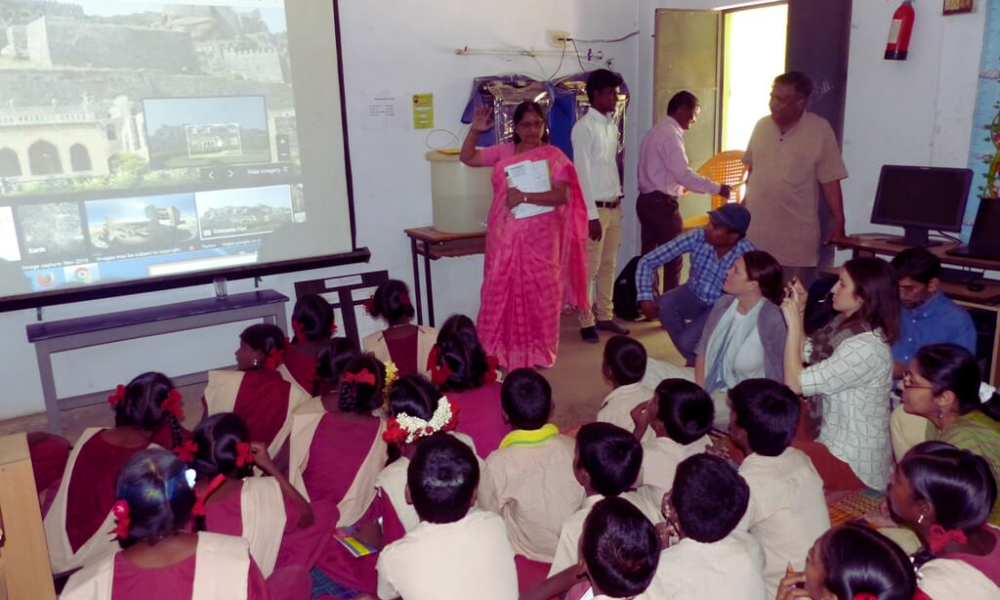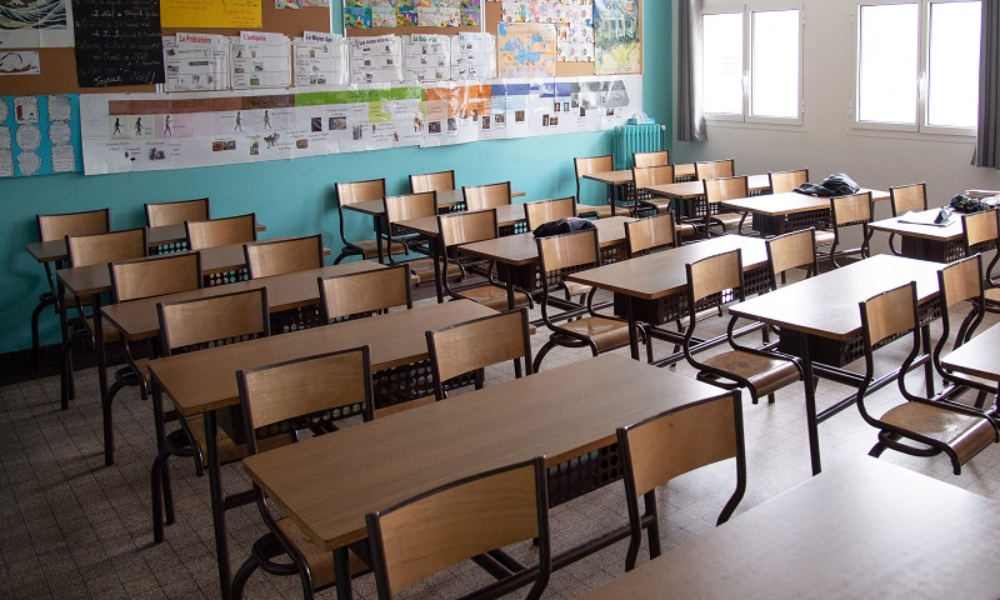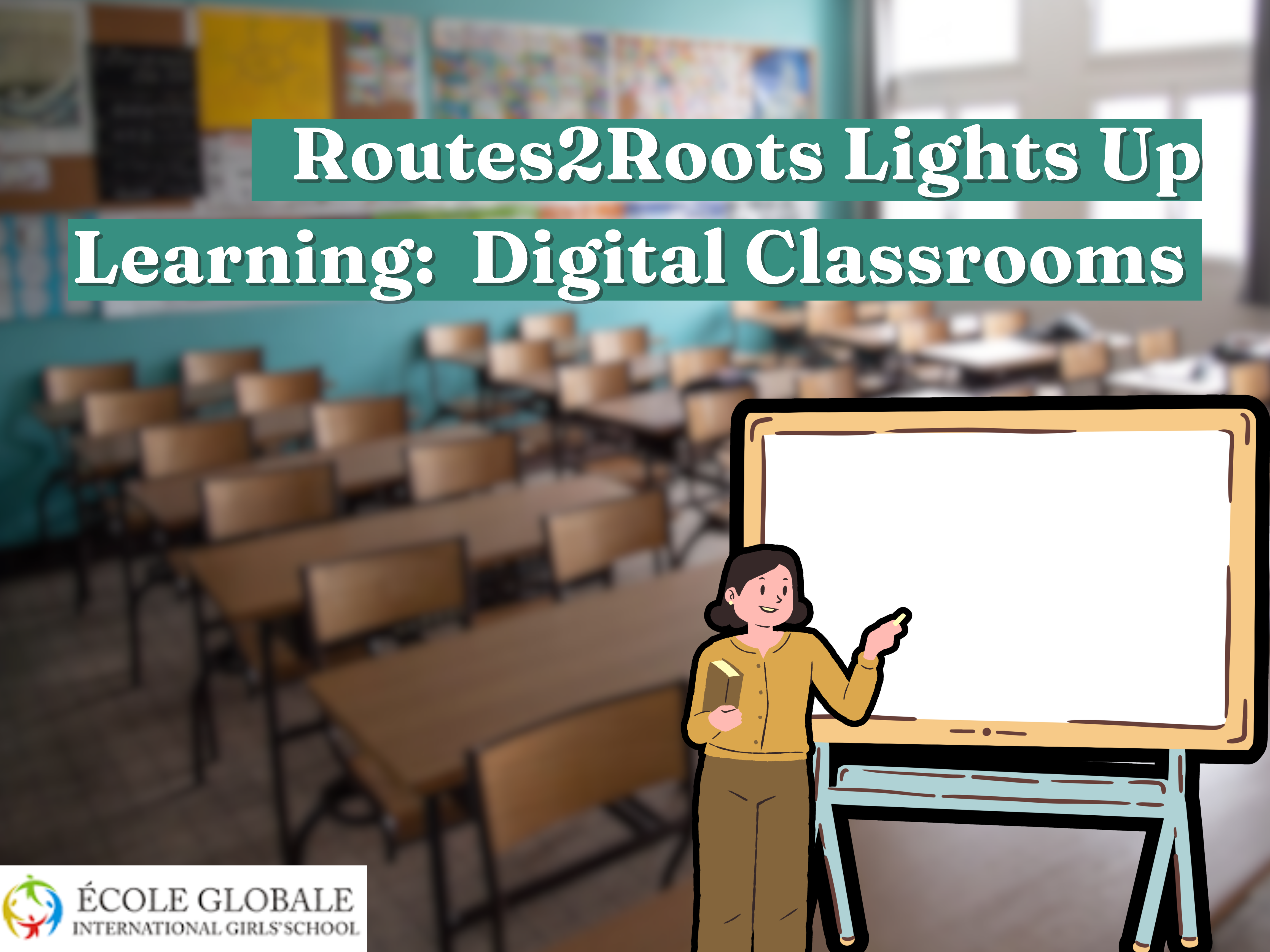In a significant development for education in remote areas of India, the non-profit organization Routes2Roots has established 100 digital classrooms in schools located across Uttarakhand and Himachal Pradesh. This initiative aims to bridge the digital divide and equip students with the tools and resources necessary for a holistic and engaging learning experience.
Bridging the Gap: Digital Classrooms in Remote Locations

Schools in Uttarakhand and Himachal Pradesh, often situated in geographically challenging areas, face limitations in terms of educational resources. Harsh weather conditions and lack of proper transportation infrastructure can make it difficult to deliver traditional classroom instruction methods. Routes2Roots’ digital classroom initiative directly addresses these challenges by providing schools with:
- Interactive Flat Panels (IFPs): These state-of-the-art displays serve as the centerpiece of the digital classrooms. IFPs are essentially large touchscreens that can be used to display educational content, including images, videos, and interactive exercises.
- NCERT-aligned curriculum content: The IFPs come pre-loaded with educational content that aligns with the National Council of Educational Research and Training (NCERT) curriculum. This ensures that students are receiving instruction that meets the national standards.
- Teacher Training: The Routes2Roots initiative goes beyond simply installing the equipment. The organization also provides teachers with comprehensive training on how to effectively utilize the IFPs and integrate them into their lesson plans.
Benefits of Digital Classrooms

The introduction of digital classrooms in remote areas offers a multitude of benefits for students, teachers, and the overall learning environment. Here are some key advantages:
- Enhanced Engagement: Digital content can present information in a visually appealing and interactive manner, fostering a more engaging learning experience for students.
- Improved Learning Outcomes: Studies have shown that interactive learning methods can lead to better comprehension and retention of information.
- Access to a Wider Range of Resources: Digital classrooms provide students with access to a vast collection of educational resources that may not be available in traditional classrooms, such as educational videos, simulations, and online libraries.
- Teacher Empowerment: IFPs and digital content can empower teachers by providing them with a wider range of tools and instructional methods.
Challenges and the Road Ahead

While the Routes2Roots initiative represents a significant step forward in promoting digital education in remote areas, there are still challenges to be addressed. These include:
- Ensuring Reliable Internet Connectivity: Remote locations often have limited or unreliable internet access, which can hinder the effectiveness of digital classrooms.
- Providing Ongoing Technical Support: Schools will require ongoing technical support to maintain the IFPs and troubleshoot any issues that may arise.
Conclusion
Routes2Roots’ establishment of 100 digital classrooms in Uttarakhand and Himachal Pradesh is a laudable initiative that has the potential to revolutionize education in these remote regions. By providing students with access to technology and engaging learning resources, this program can help bridge the educational equity gap and ensure that all students have the opportunity to succeed.
Moving forward, it is crucial to address the challenges of internet connectivity and technical support to ensure the long-term sustainability of this program. By working together, governments, NGOs, and the private sector can play a vital role in expanding access to digital education and empowering students in remote areas of India.









